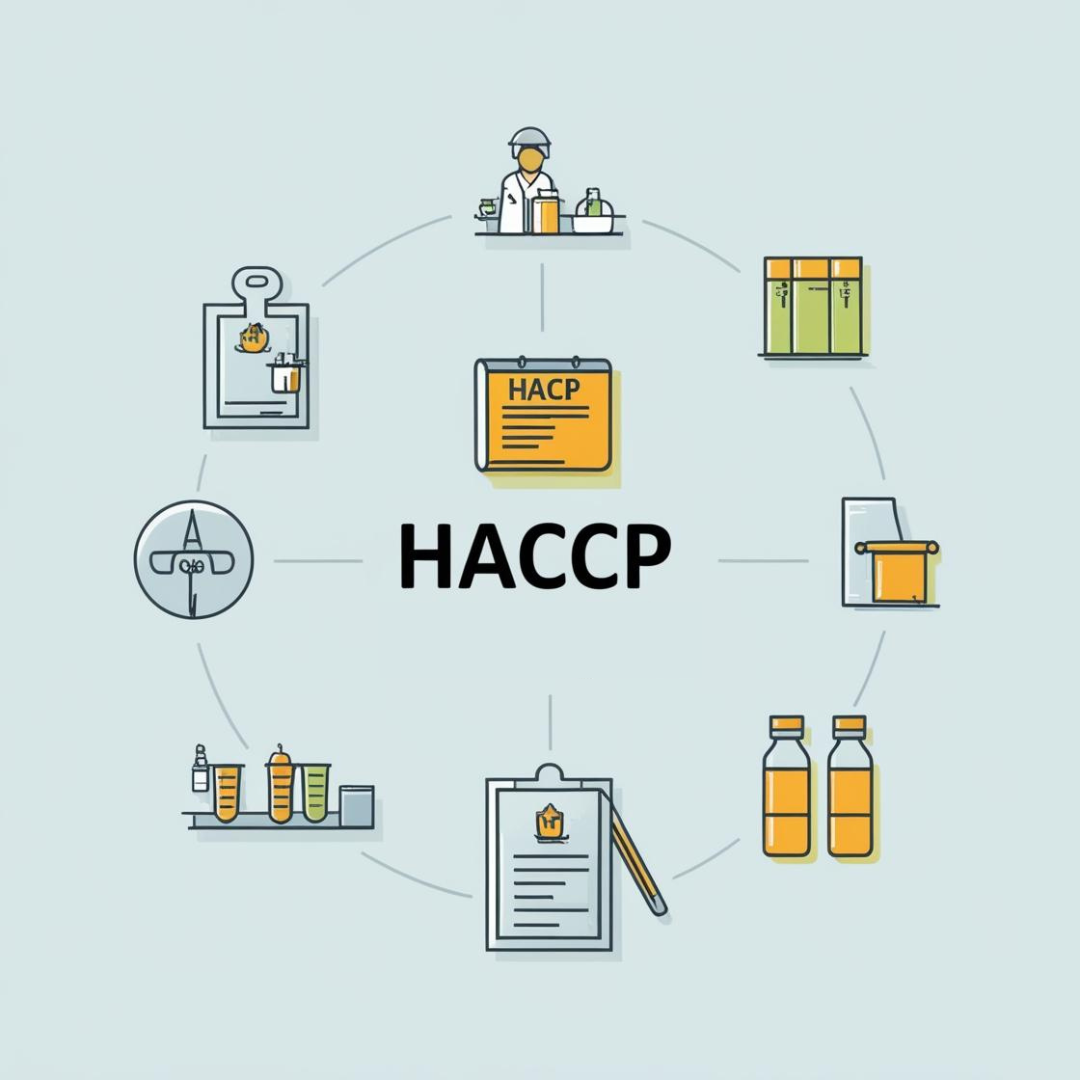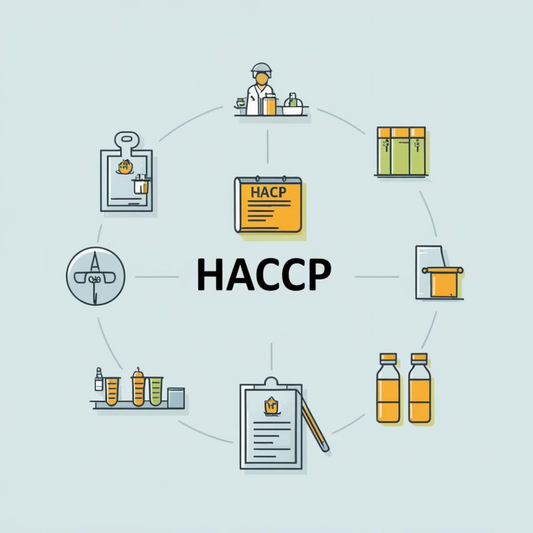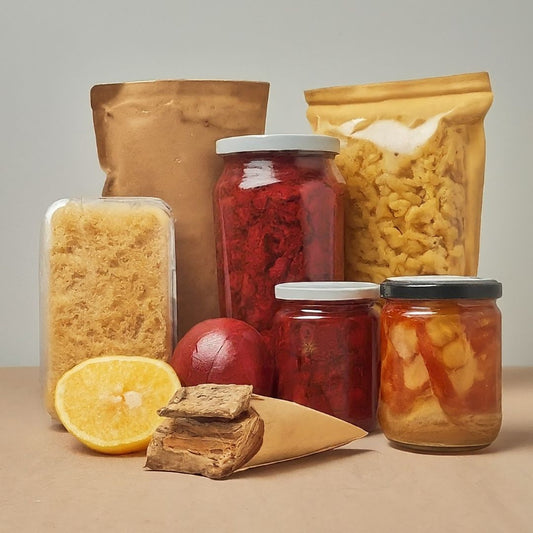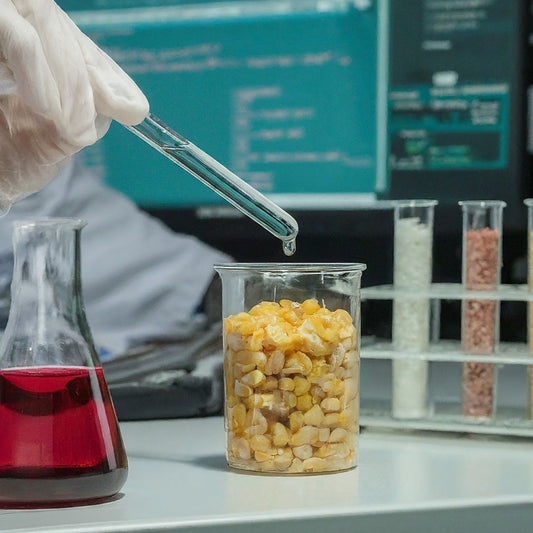Food Waste Utilization
Share
Food Waste Utilization
Food waste utilization focuses on repurposing discarded food and by-products into value-added products, reducing environmental impact, and promoting sustainability. Here's an in-depth look at its significance, methods, and real-time examples.
1. Importance of Food Waste Utilization
Environmental Impact: Reduces greenhouse gas emissions from landfills.
Economic Benefits: Converts waste into valuable products, creating revenue streams.
Food Security: Reduces pressure on natural resources and improves supply chain efficiency.
2. Key Methods of Food Waste Utilization
a. Animal Feed
Food waste is processed and converted into nutritious feed for livestock.
Example: Breweries often sell spent grain from beer production to cattle farms.
b. Biofuel and Energy Production
Organic food waste can be anaerobically digested to produce biogas or bioethanol.
Example: In Sweden, food waste powers buses using biogas.
c. Composting
Organic waste is converted into compost, enriching soil for agriculture.
Example: Community composting initiatives in San Francisco divert tons of food waste.
d. Upcycling into Edible Products
Food by-products are processed into new food items.
Example:
Banana Peel Flour: Used in bakery products.
Coffee Cherry Flour: Made from discarded coffee fruit pulp.
e. Industrial Applications
Waste components are used to produce bioplastics, enzymes, and chemicals.
Example:
Orange Peel: Extracted for pectin used in jams and jellies.
Potato Starch Waste: Processed into biodegradable plastic.
f. Extraction of Bioactive Compounds
Food waste is rich in antioxidants, vitamins, and other bioactive compounds for pharmaceuticals and cosmetics.
Example:
Grape Pomace: Extracted for resveratrol, used in supplements and skincare.
Tomato Skin: Rich in lycopene for functional foods and nutraceuticals.
3. Real-Time Examples of Food Waste Utilization
a. Banana Waste Upcycling
Project: Transforming banana stems and peels into textiles and biodegradable packaging.
Location: India (startups like BananaIP).
b. Beer Waste to Bread
Initiative: Toast Ale in the UK produces bread from surplus brewery grain.
Impact: Diverts tons of spent grain from landfills annually.
c. Coffee Grounds as Biofuel
Example: Bio-bean in the UK processes used coffee grounds into coffee-based bio-pellets for heating.
d. Avocado Waste in Cosmetics
Project: Extracting avocado seed oil for natural skincare products.
Companies: The Body Shop uses such oils in its products.
e. Fish Waste to Fertilizer
Example: In Norway, fish processing waste is converted into high-quality organic fertilizers.
4. Advanced Technologies in Food Waste Utilization
Anaerobic Digestion: Converts organic waste to biogas for energy.
Supercritical Fluid Extraction: Extracts bioactive compounds efficiently.
Hydrothermal Processing: Produces biochar and bio-oil from food waste.
5. Challenges and Opportunities
Challenges:
Collection and segregation of food waste.
High initial costs for processing technology.
Regulatory and logistical barriers.
Opportunities:
Encouraging collaboration between industries.
Developing scalable waste-to-product technologies.
Consumer education to reduce food waste at the source.
Food waste utilization focuses on repurposing discarded food and by-products into value-added products, reducing environmental impact, and promoting sustainability. Here's an in-depth look at its significance, methods, and real-time examples.
1. Importance of Food Waste Utilization
Environmental Impact: Reduces greenhouse gas emissions from landfills.
Economic Benefits: Converts waste into valuable products, creating revenue streams.
Food Security: Reduces pressure on natural resources and improves supply chain efficiency.
2. Key Methods of Food Waste Utilization
a. Animal Feed
Food waste is processed and converted into nutritious feed for livestock.
Example: Breweries often sell spent grain from beer production to cattle farms.
b. Biofuel and Energy Production
Organic food waste can be anaerobically digested to produce biogas or bioethanol.
Example: In Sweden, food waste powers buses using biogas.
c. Composting
Organic waste is converted into compost, enriching soil for agriculture.
Example: Community composting initiatives in San Francisco divert tons of food waste.
d. Upcycling into Edible Products
Food by-products are processed into new food items.
Example:
Banana Peel Flour: Used in bakery products.
Coffee Cherry Flour: Made from discarded coffee fruit pulp.
e. Industrial Applications
Waste components are used to produce bioplastics, enzymes, and chemicals.
Example:
Orange Peel: Extracted for pectin used in jams and jellies.
Potato Starch Waste: Processed into biodegradable plastic.
f. Extraction of Bioactive Compounds
Food waste is rich in antioxidants, vitamins, and other bioactive compounds for pharmaceuticals and cosmetics.
Example:
Grape Pomace: Extracted for resveratrol, used in supplements and skincare.
Tomato Skin: Rich in lycopene for functional foods and nutraceuticals.
3. Real-Time Examples of Food Waste Utilization
a. Banana Waste Upcycling
Project: Transforming banana stems and peels into textiles and biodegradable packaging.
Location: India (startups like BananaIP).
b. Beer Waste to Bread
Initiative: Toast Ale in the UK produces bread from surplus brewery grain.
Impact: Diverts tons of spent grain from landfills annually.
c. Coffee Grounds as Biofuel
Example: Bio-bean in the UK processes used coffee grounds into coffee-based bio-pellets for heating.
d. Avocado Waste in Cosmetics
Project: Extracting avocado seed oil for natural skincare products.
Companies: The Body Shop uses such oils in its products.
e. Fish Waste to Fertilizer
Example: In Norway, fish processing waste is converted into high-quality organic fertilizers.
4. Advanced Technologies in Food Waste Utilization
Anaerobic Digestion: Converts organic waste to biogas for energy.
Supercritical Fluid Extraction: Extracts bioactive compounds efficiently.
Hydrothermal Processing: Produces biochar and bio-oil from food waste.
5. Challenges and Opportunities
Challenges:
Collection and segregation of food waste.
High initial costs for processing technology.
Regulatory and logistical barriers.
Opportunities:
Encouraging collaboration between industries.
Developing scalable waste-to-product technologies.
Consumer education to reduce food waste at the source.





